TThe Taliban’s demand for access to global climate finance poses a global dilemma as droughts, floods and food insecurity worsen in Afghanistan. Will the participation of hardline regimes be seen as justifying brutal suppression of women and girls?
At the recent Cop29 in Baku, the Taliban delegation, attending as observers for the first time since 2021, advocated for full party status in future climate negotiations and access to international climate funds.
“It is a right of the people who are most vulnerable to climate change,” said Mutiul Haq Nabi Kiir, director of the National Environmental Protection Agency (NEPA). independent person. “We shouldn’t be invited as guests.” [in the next COP] However, as a full participant. ”
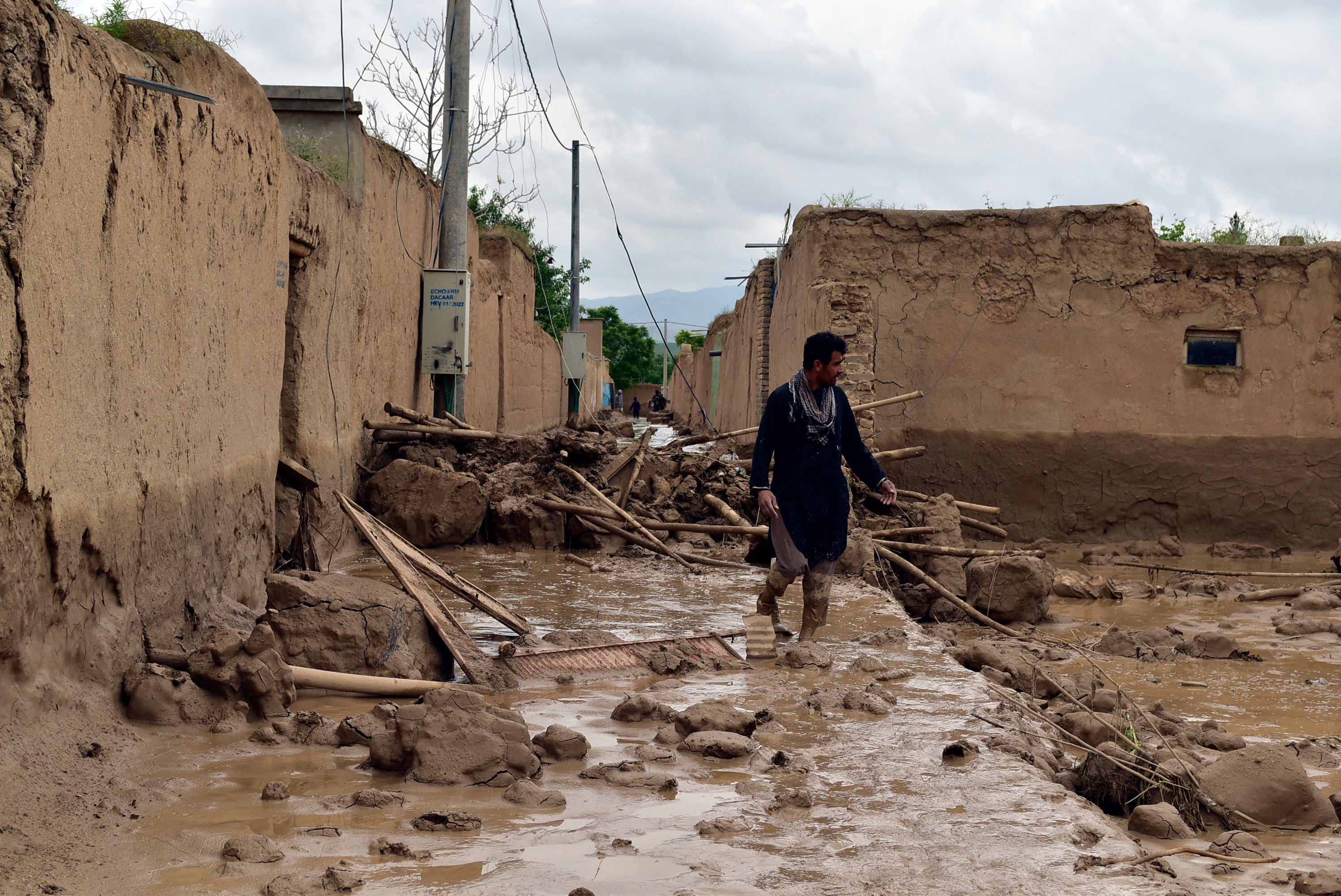
The plea comes as Afghanistan endures an unrelenting climate disaster. Earlier this year, flash floods hit villages in Ghor and Badakhshan, killing dozens, displacing thousands and washing away farmland. More than 12 million people, nearly a third of the population, face severe food insecurity due to the prolonged drought. The climate crisis has forced the country, which accounts for less than 0.1 percent of global emissions, into a devastating cycle of drought, floods and famine.
The Taliban’s return to the climate stage has sparked a debate about whether the world can provide aid to Afghanistan without recognizing a regime that is in direct conflict with human rights values. Taliban participation has led to global backlash in the past.
When the de facto rulers sent officials to Qatar this year to meet with U.N. officials, Human Rights Watch said the move was “defending women’s rights and their meaningful participation.” “This could cause irreparable damage to the credibility of the United Nations as an organization,” he said.
Concerns persist as the Taliban continue to isolate women from public life, recently closing even the last remaining avenues of work, including emergency medicine and midwifery training. In a 2023 report, Amnesty International described the Taliban’s actions as “relentless and targeted repression of women and girls.”
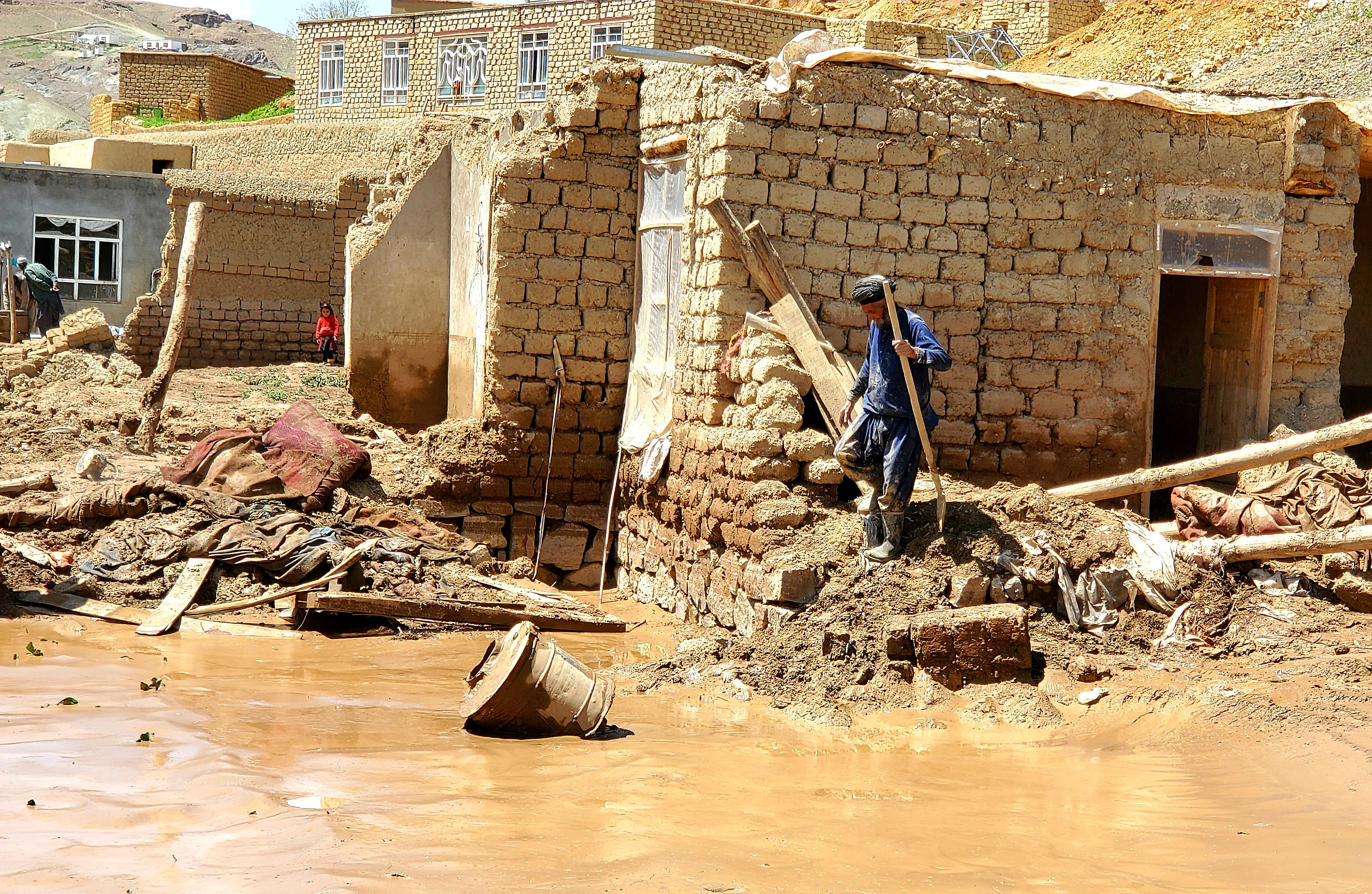
But Afghanistan’s exclusion from climate finance has stalled critical projects that could mitigate the worst effects of the climate crisis, leaving the most vulnerable among those bearing the heaviest brunt. There is also.
Humanitarian groups and climate experts say inaction is punishing Afghans, not their rulers. “Try explaining to a woman in Afghanistan how you are helping her by holding back,” says Graham Smith, senior consultant at Crisis Group. “When she sees crops failing and children starving, she doesn’t care about world politics, she cares about survival.”
Until the Taliban returned to power in August 2021, the country had access to international funds such as the Green Climate Fund (GCF) and the Adaptation Fund. However, this trend stopped overnight due to the Taliban’s lack of international recognition.
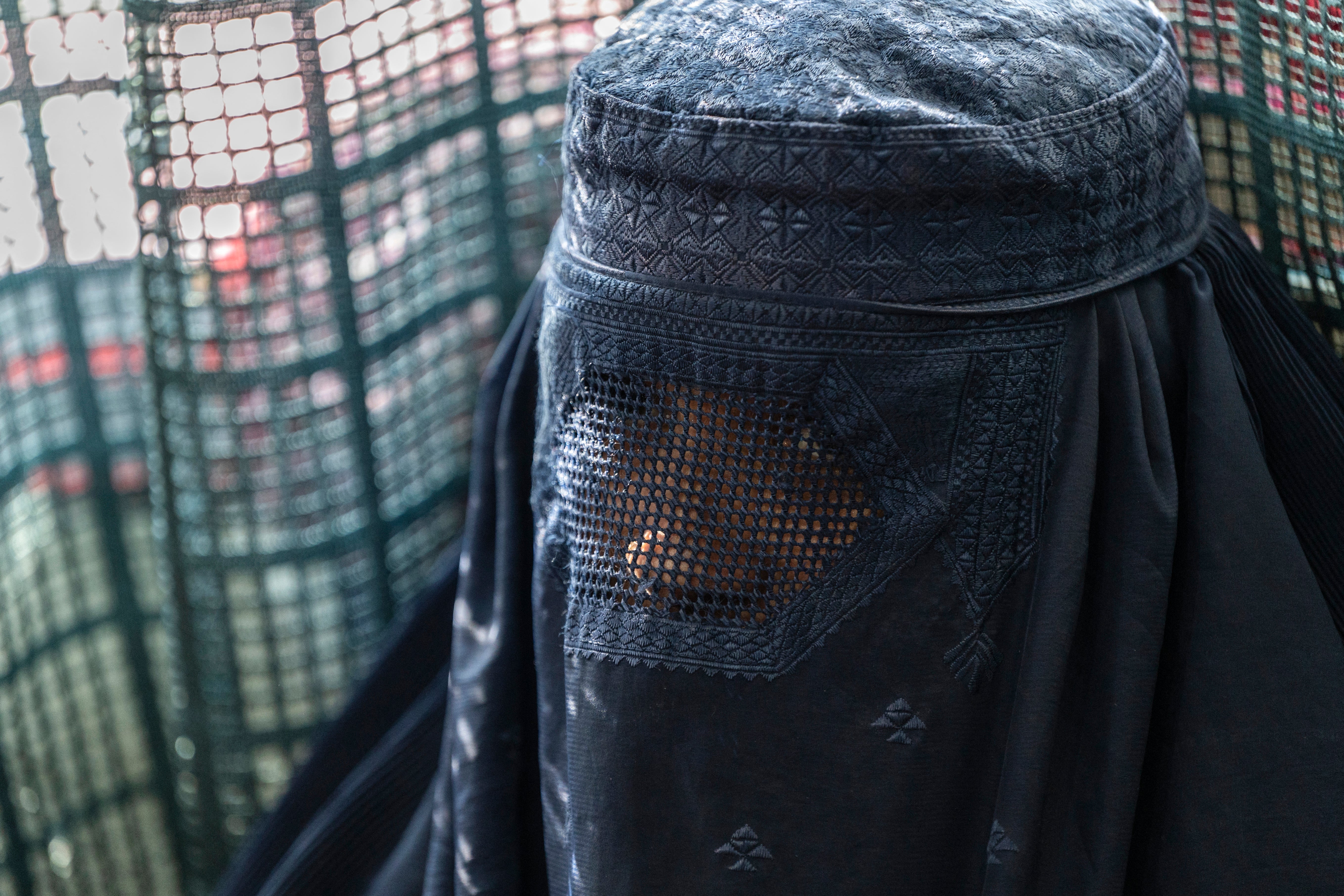
“Approximately $2.8 billion worth of ongoing infrastructure work has been halted,” Smith said. “Water utilities and irrigation systems have been abandoned and rusting in the desert.”
This funding freeze has left the international community reliant on UN agencies and NGOs to provide climate-related aid through humanitarian channels. But experts warn that these efforts, while essential, are piecemeal and lack the scale needed to address the challenges.
Srikant Misra, ActionAid’s Afghanistan director, said of the lack of disaster preparedness: “In Galle, we saw floods wipe out entire villages because people didn’t have time to react. Simple measures like check dams, sea walls and rain gauges could have saved lives. But , there is no funding for even these basic things.”
Misra says a lack of community education increases the risk, especially in rural areas. “When it rains or snows heavily, people don’t know how to react. Communities lack the tools and information to predict disasters. ”
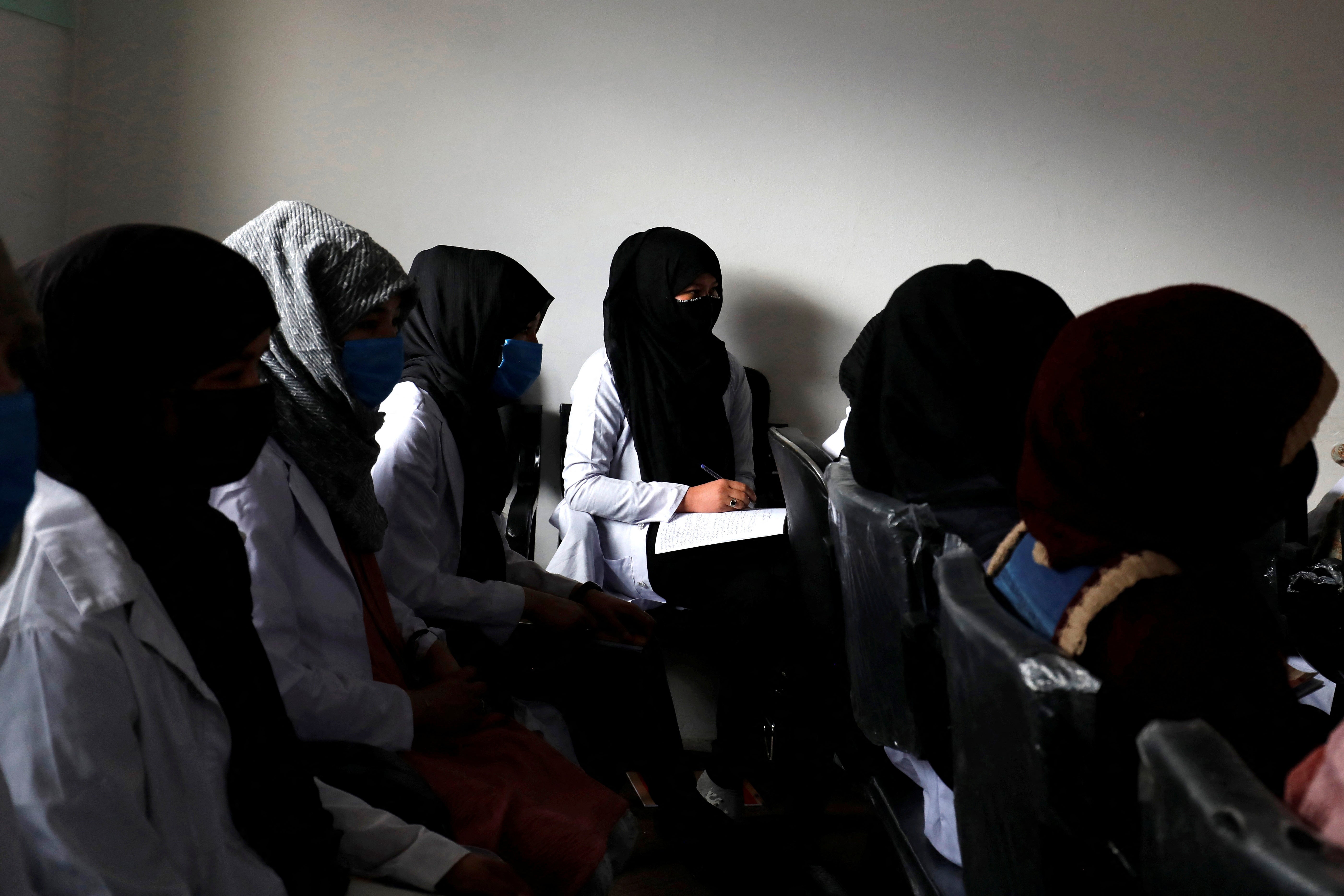
For Afghan women, the impact is disproportionately severe. “When disasters strike, women are the most affected,” said Shahin Ashraf of Islamic Relief. “They cannot access markets to buy food, and the rising prices of essentials such as flour are making survival even more difficult for families led by women.”
Despite the Taliban’s limited technological capabilities and resources, it has attempted to address some of Afghanistan’s environmental problems. Projects such as the Kush Tepa Canal, which aims to provide irrigation to thousands of people, are touted as important initiatives. However, experts are skeptical of its effectiveness.
“They dug trenches in the desert,” Smith says. “However, without technical expertise and funding, it is unclear whether this will provide long-term benefits.”
At the same time, climate adaptation requires national coordination, a challenge in Afghanistan where the Taliban’s international isolation has kept the government from important discussions.
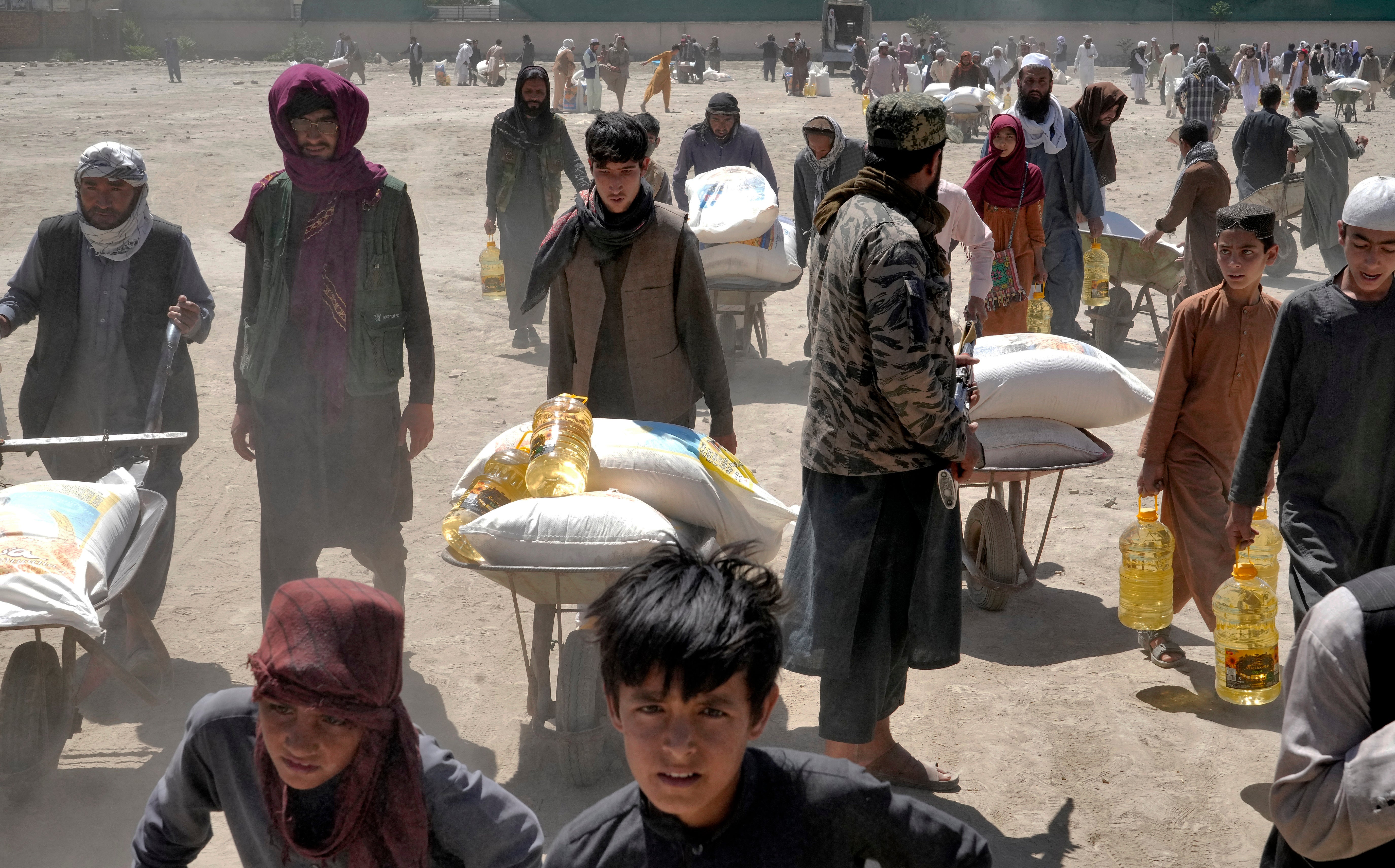
Smith explains that isolated small-scale projects cannot replace the coordinated infrastructure planning needed to tackle floods, droughts and water management. “Water flows across districts, across borders. Without a national plan, what can we really solve?”
The Taliban’s observer status at Cop29 was a starting point, but whether it will secure full party status at Cop30 in Brazil next year will be far more debatable.
The symbolic weight of such recognition, combined with access to funds such as the GCF, will place many governments in a political bind.
“Decision-makers in the West are being held accountable by the outrage of voters and social media,” Smith explains. “If money flows into Afghanistan and the Taliban cuts the ribbon on a new infrastructure project, the backlash could be enormous, even if that money saves Afghan lives.”
Nevertheless, humanitarian organizations stress that the international community cannot afford to ignore Afghanistan’s worsening climate crisis.
“This is not just disaster response,” Misra says. “It’s about preparing communities, building infrastructure, supporting farmers and empowering women for a future that is already here.”
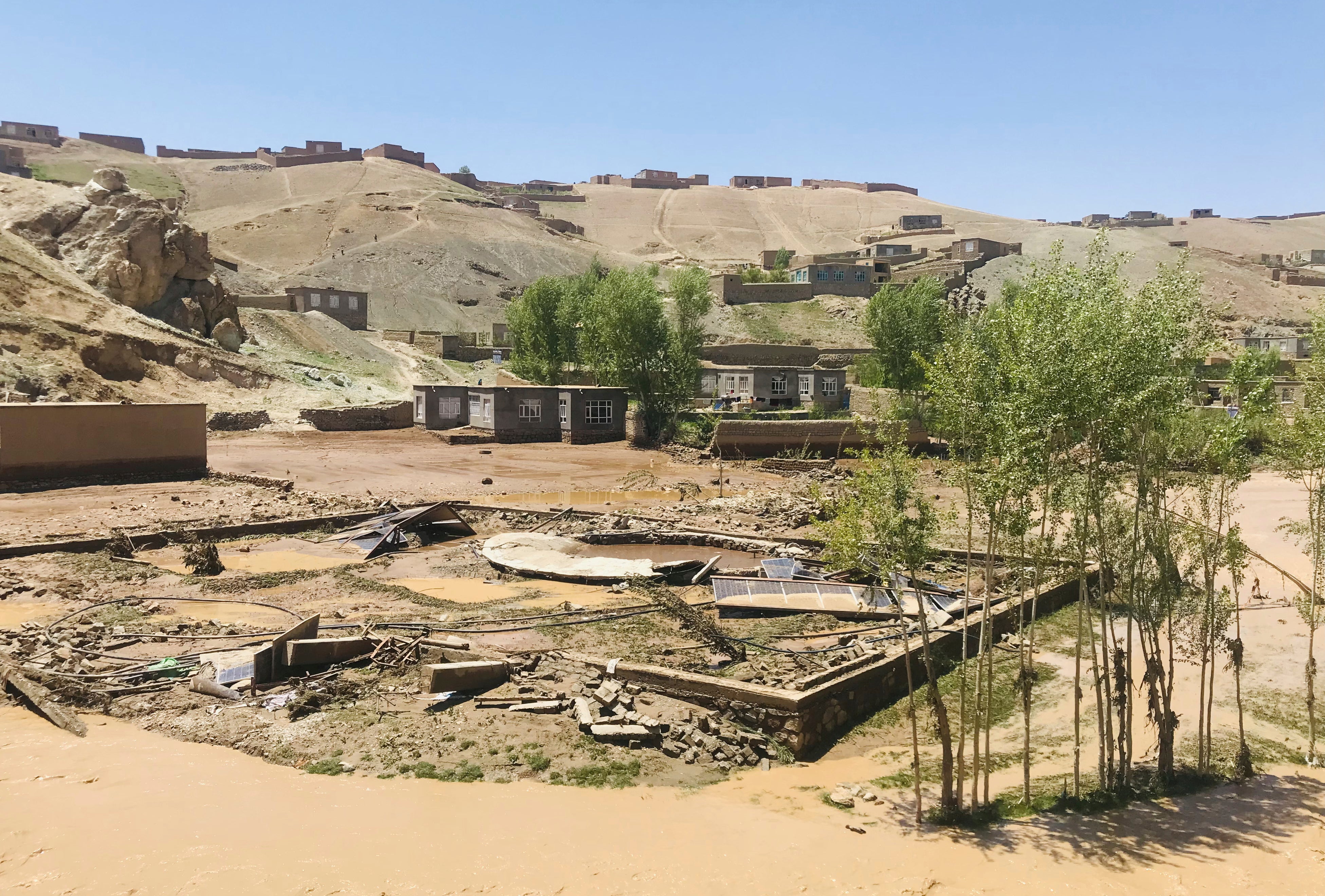
Afghanistan’s vulnerability to the climate crisis is further exacerbated by decades of war and instability, which have eroded institutional capacity at all levels. In villages across the country, families are faced with impossible decisions. When droughts persist, crops fail, and floods destroy homes, entire communities become disoriented due to lack of resources.
Experts claim a solution exists. Direct funding to the Taliban remains politically unpalatable, but alternatives such as channeling funds through UN agencies, NGOs, and regional partnerships could restart vital operations.
“Afghan people cannot wait for a political solution,” Ashraf said. “We cannot punish women and children for government actions they did not choose.”
Smith believes we need to continue to focus on results rather than optics. “Climate change doesn’t care about politics. Afghanistan has been hit harder than almost anywhere else. If we really want to help Afghanistan’s women and children, we must find a way to act. No need.”







